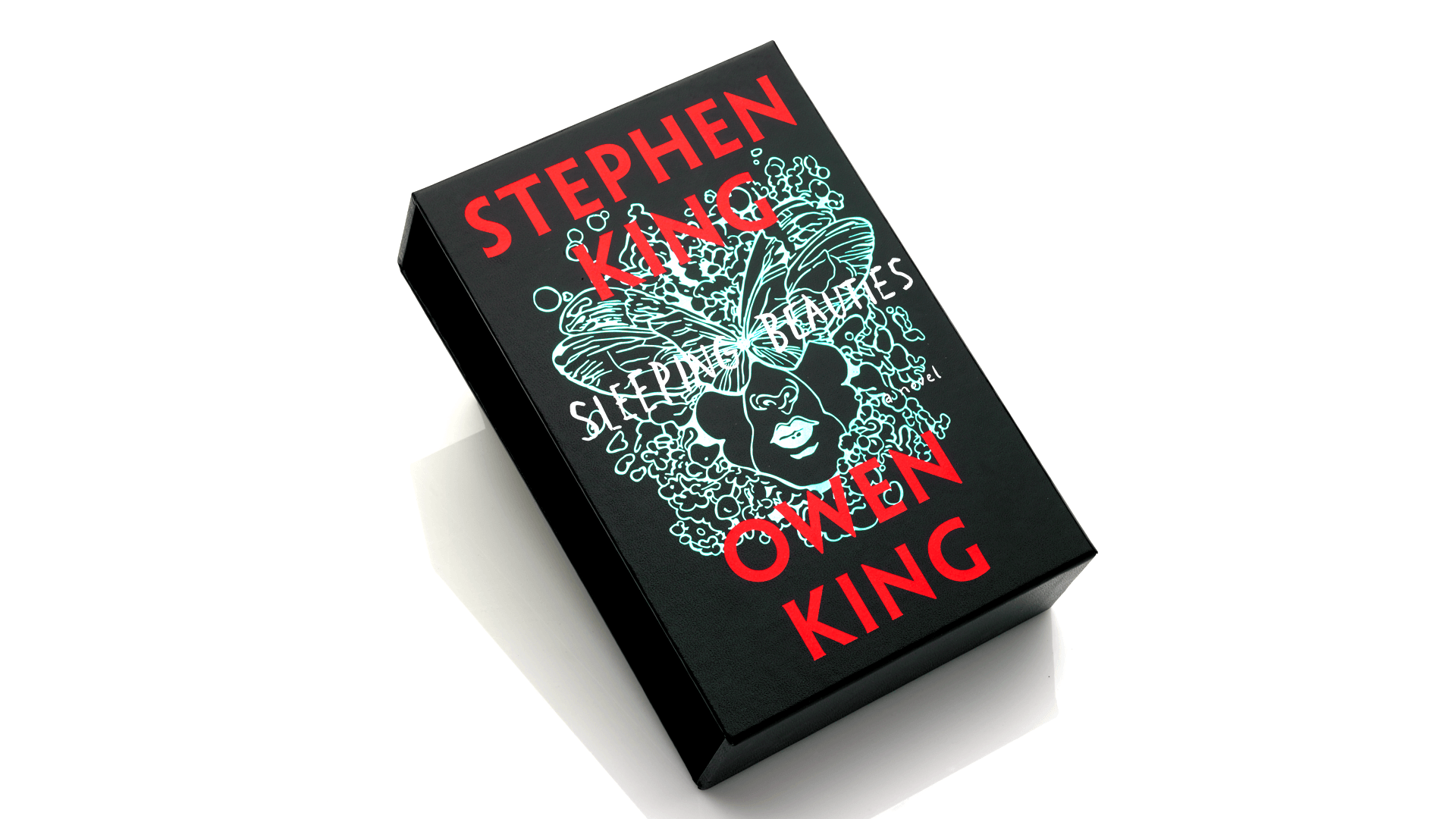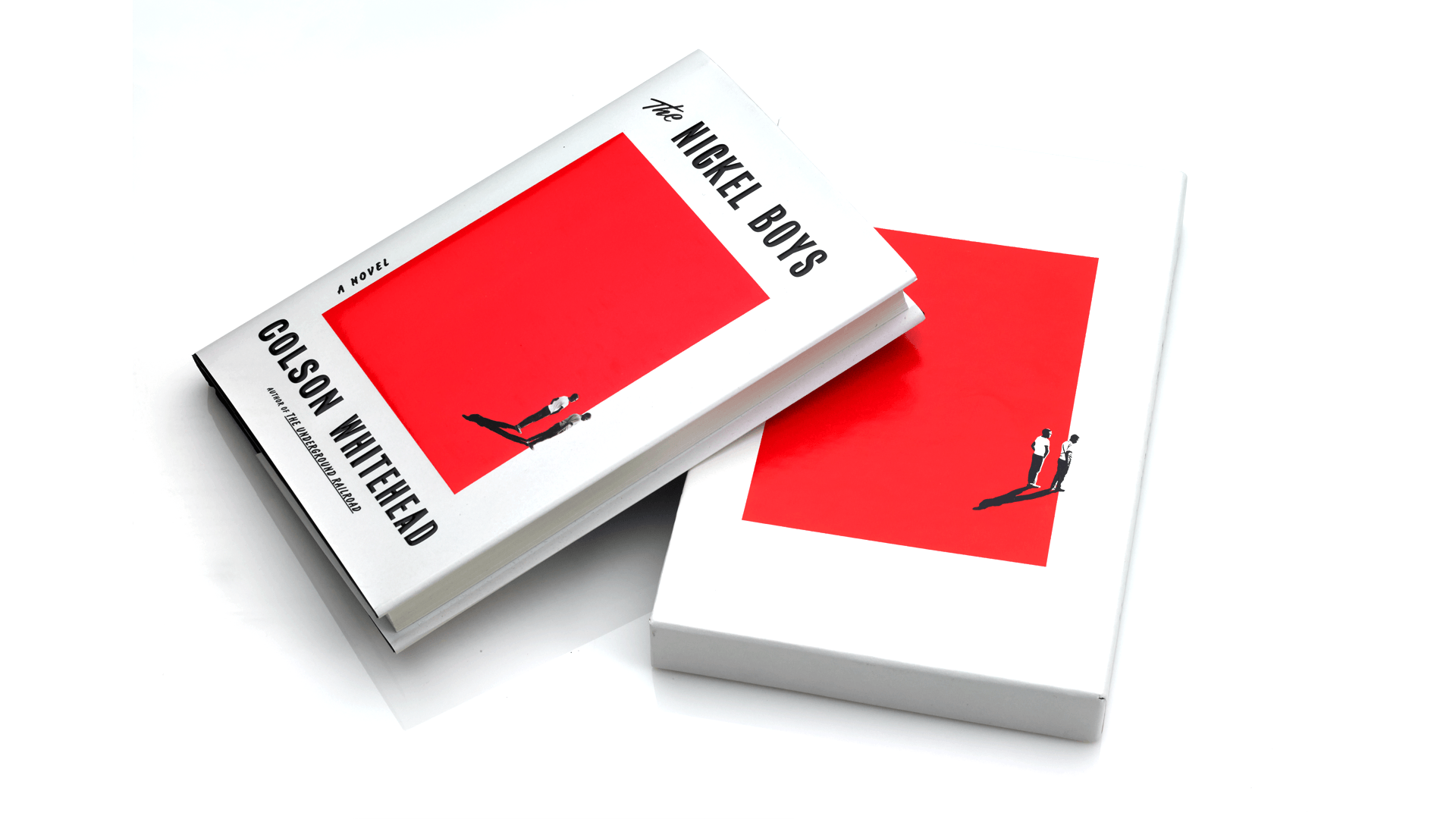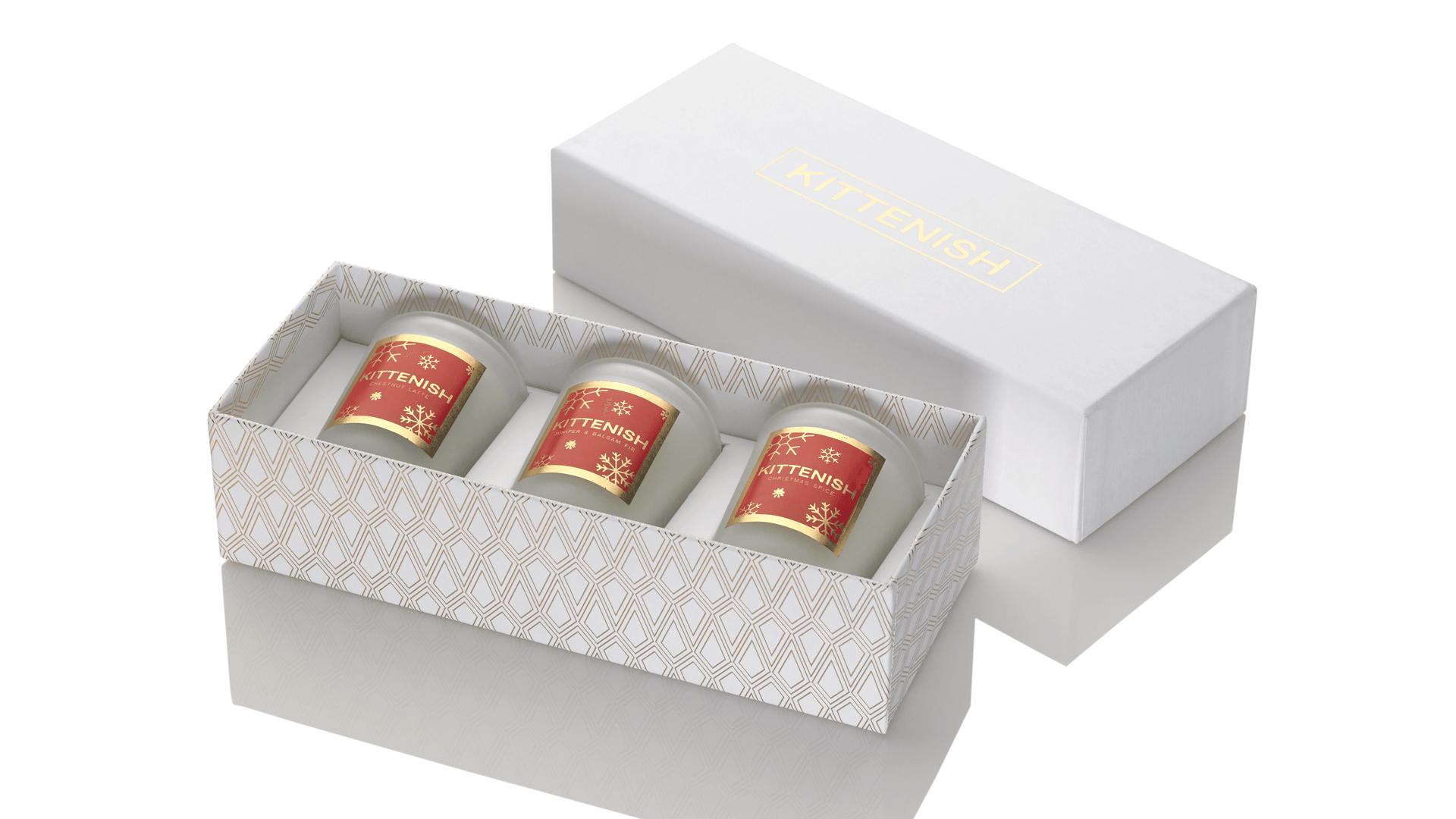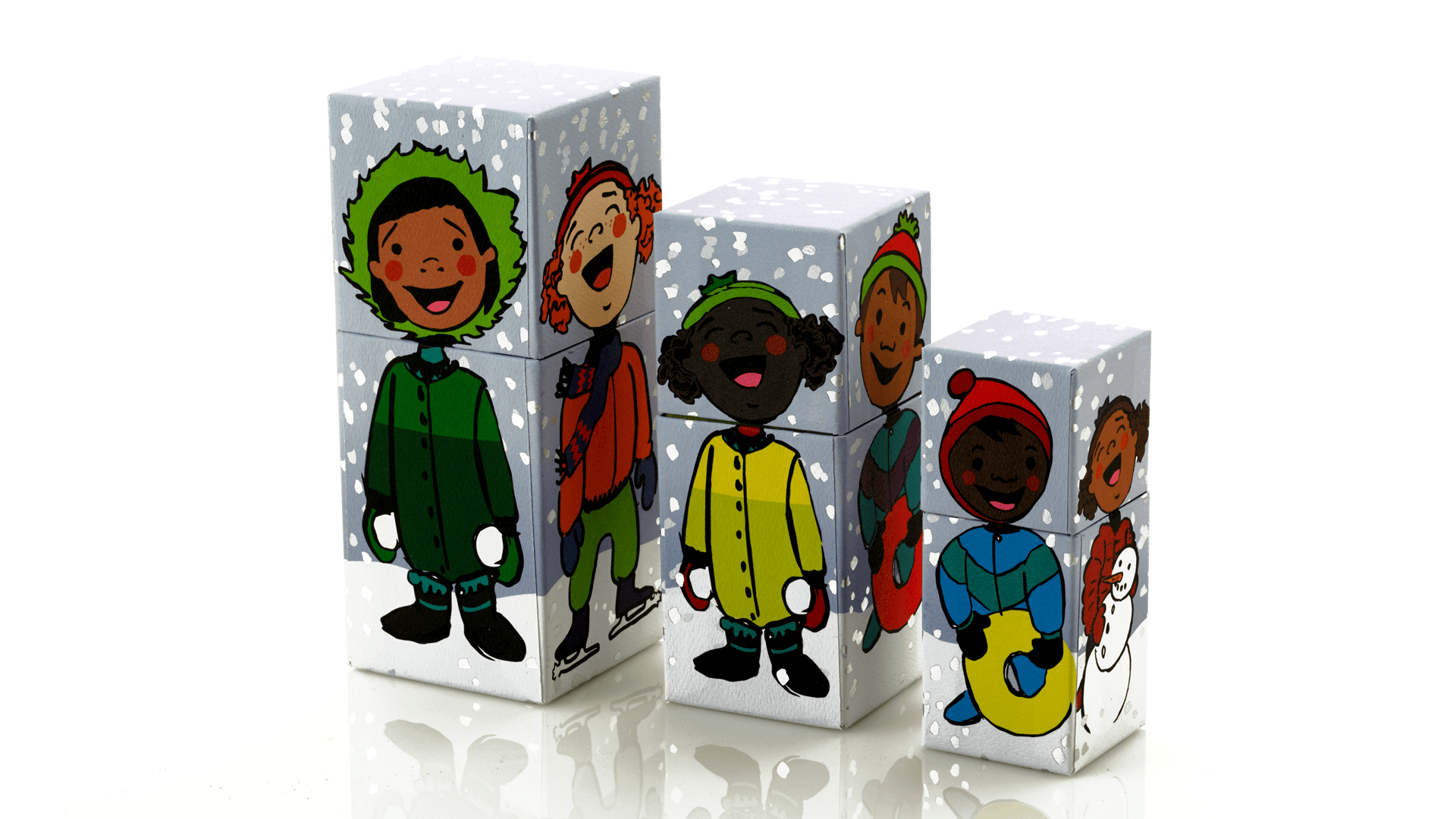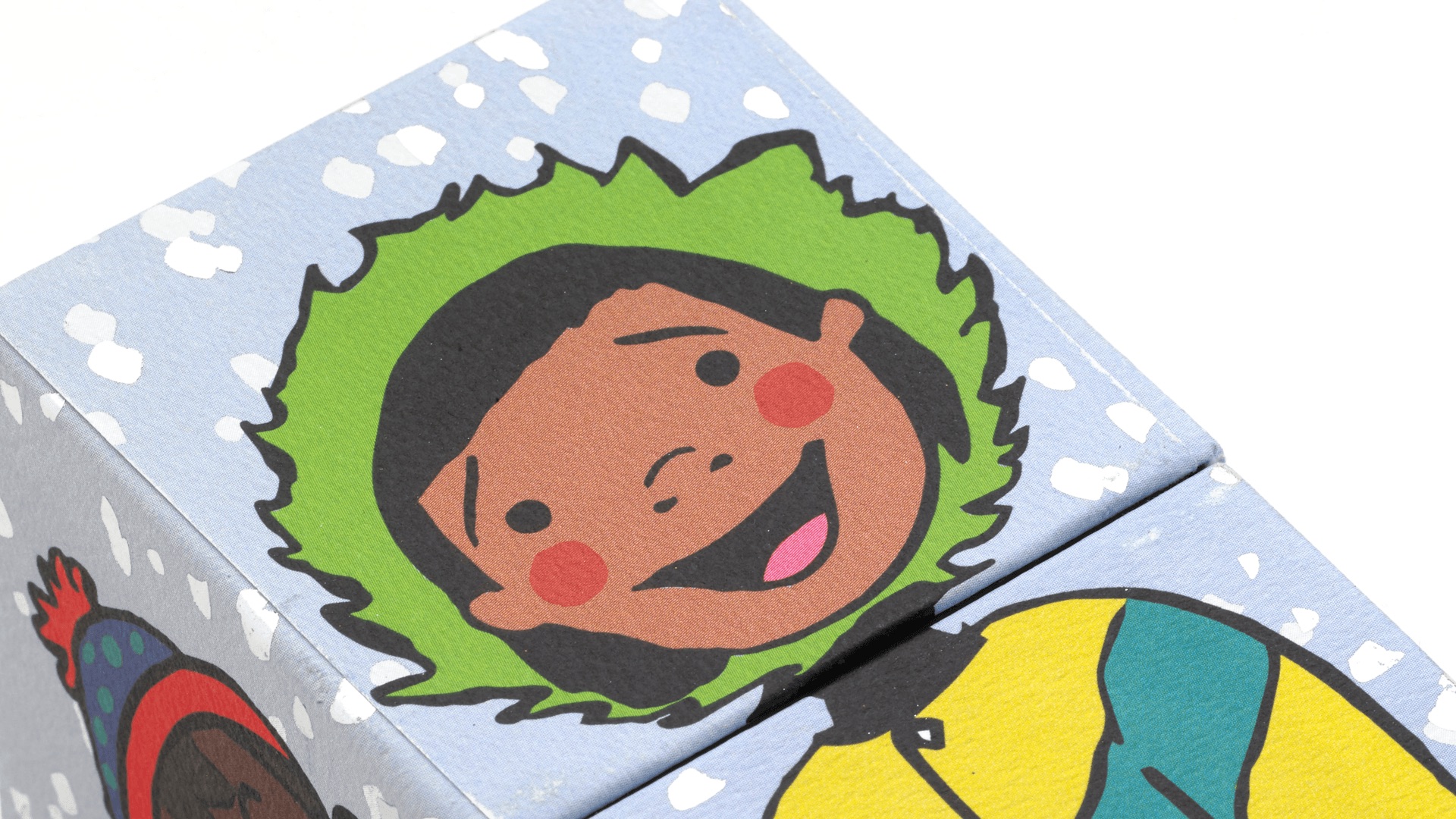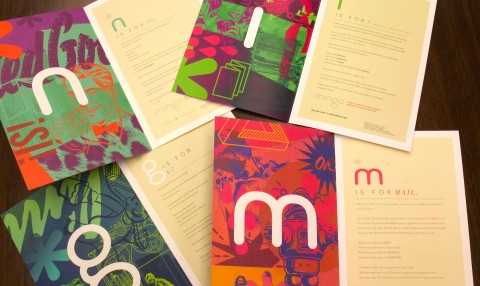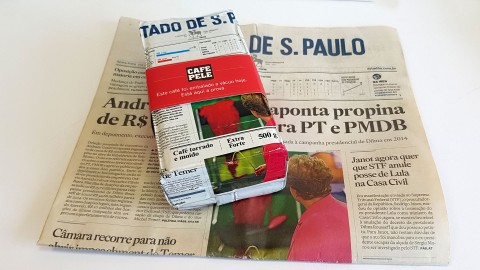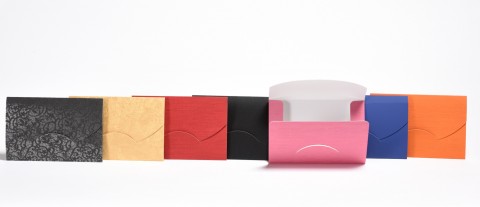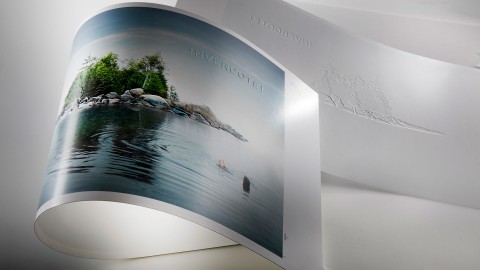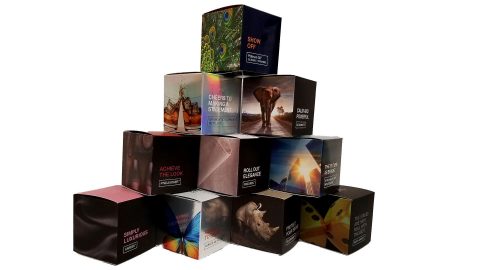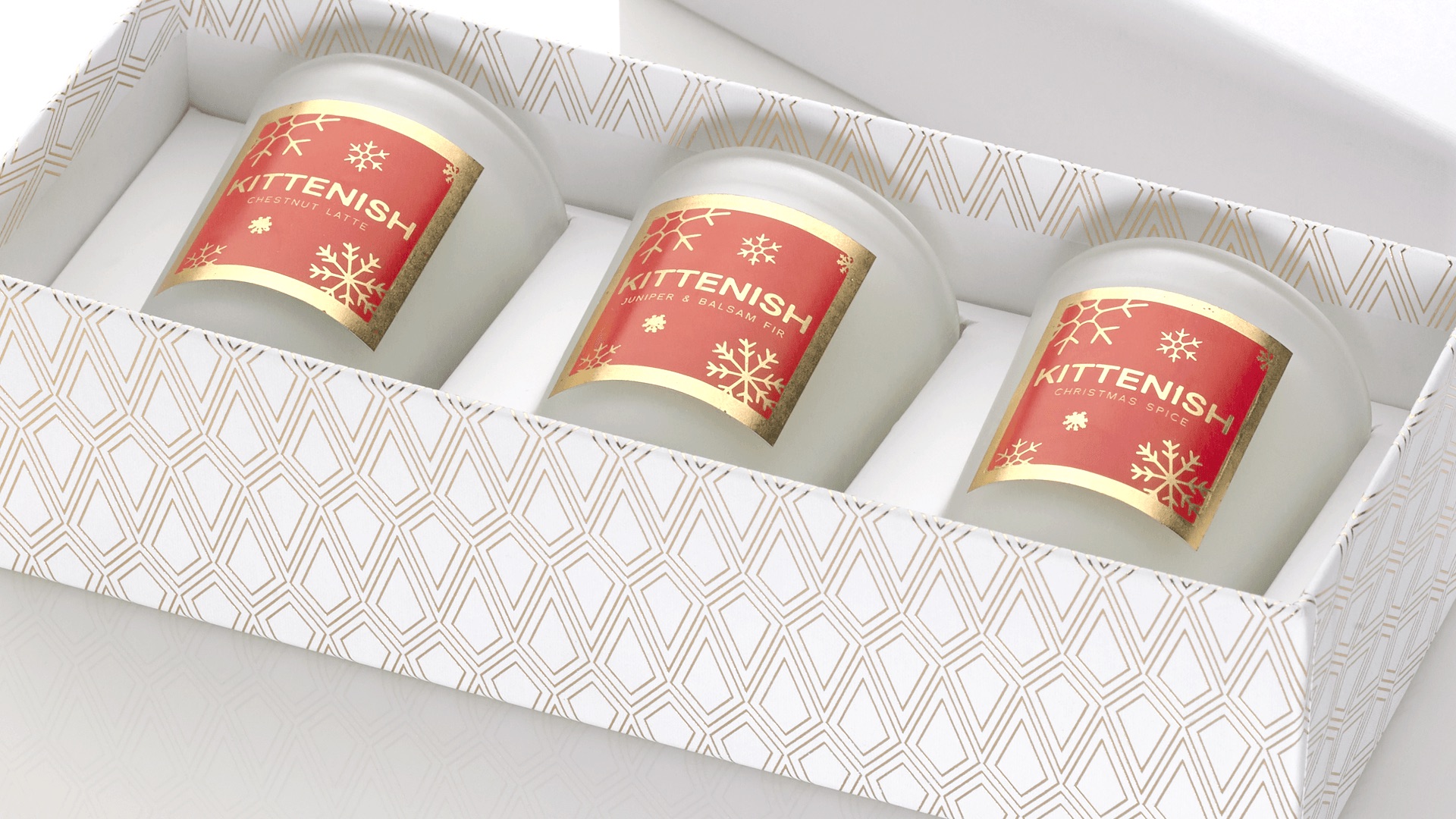
Spotlight: Taylor Box Co.
Great design is never an accident and that includes designing with foil. Foil stamping is an art; it takes skill and experience to know the proper heat, pressure and foils to use for each project. And having the right printing or packaging partner can mean the difference between seeing your vision spring to life, or having to explain to your client why it didn’t come out the way you said it would. Once you’ve found a good company to work with, there are 5 things you should know about foil stamping before you start to design your piece.
1. Know What You Want to Accomplish
Are you planning to apply foil to your overall design? If so, this will allow you to use unique coated and textured papers and fabrics. On the other hand, deploying foil as an accent to your printed work (as in the packaging below) can take your printing to the next level. Knowing which approach you want to take ahead of time will make your piece that much easier to design.
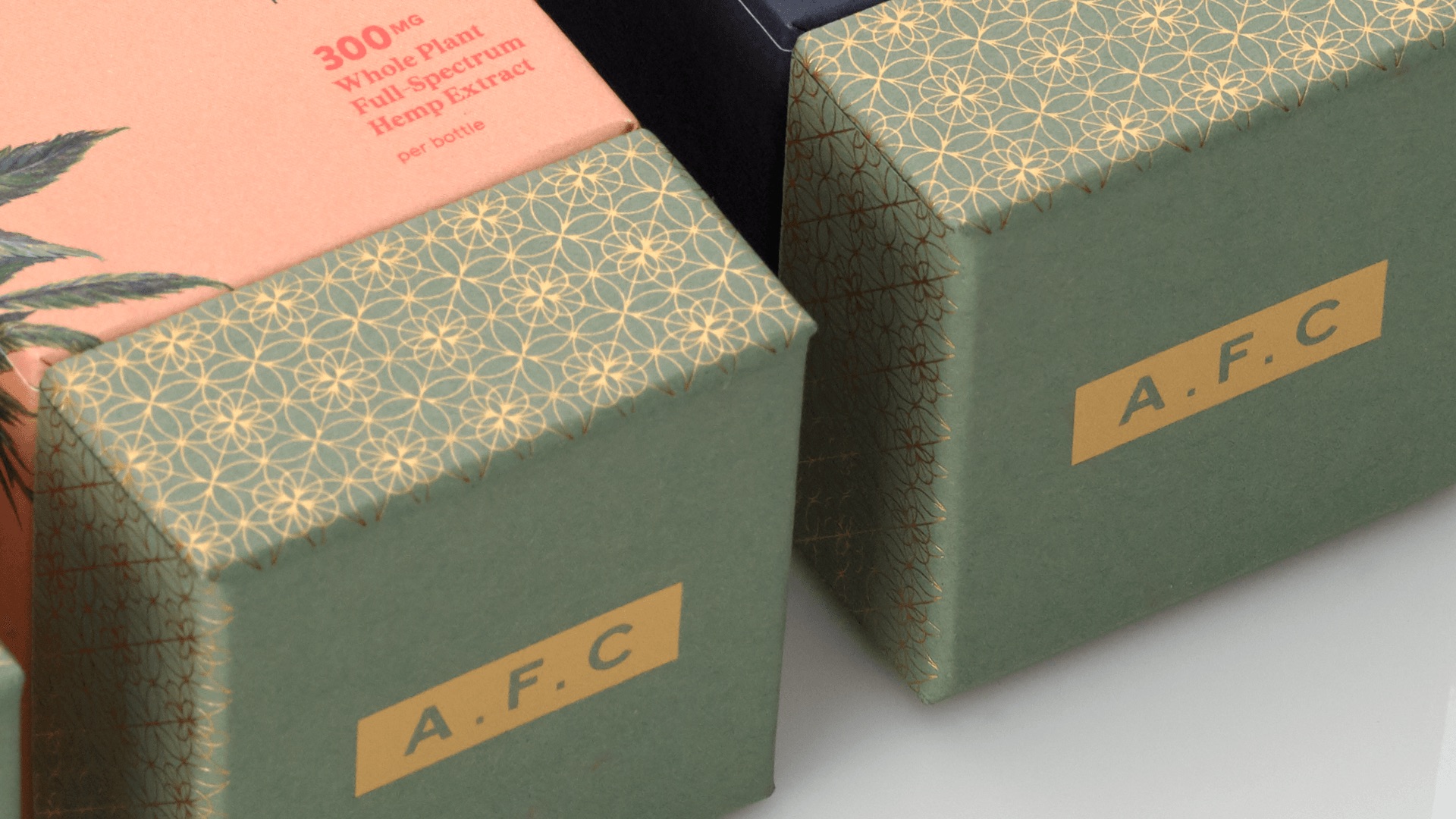
Printing with foil stamping accents
2. Remember that Size Does Matter
Be sure to check with your print or packaging partner to ensure that your piece will fit in their machines. There are maximum and minimum sizes that each printer’s equipment can handle.
3. Pick a Color, Any Color
While Gold is the most popular foil color, it is just one of many, many options. Not only are there various shades of Metallic foils, but there are also many colors, finishes and special effects, too. Your only limits are your own imagination.
Unlike printing, foil is opaque. And similar to vinyl, most foils cannot be blended or faded like traditional printing inks. The upside is you can print on papers that traditional printing processes have difficulty with, like textured, porous, and dark papers and fabrics. Being able to use various papers – some of which are completely incompatible with traditional printing – gives you additional design options, as well as the ability to make a simple design extra special, tactile and glamorous.
4. It’s all in the Details
As with all design, balance is key. If you have a heavy coverage area that’s too large, it will be challenging to get an exact, even hit to the paper with foil. (In such cases, you may have better success with full coverage printing.)
In traditional 4-color or screen printing, you can typically see the smallest of details. However with foil, when the lines are too narrow or have tiny detailing, you may lose some of those details unless you use a macro or lenticular plate. Always consult your print or packaging provider at the start of any project to avoid costly mistakes and to get the best results possible.
What if you have both heavy coverage and fine detailing? It will require two plates to get the results you need, even if they are the same colors. One plate will have to work a bit harder to get exact full coverage, and the other will have to hit just right to get the details. It will mean a little extra expense, but it can still be less expensive compared to printing.
If you’re using type, go no smaller than an 8 pt. font. View it in your design software at actual size to see if there may be tight areas that could become muddled. Does the type have small tight loops or small serifs? You may wish to use a larger size or a different font.
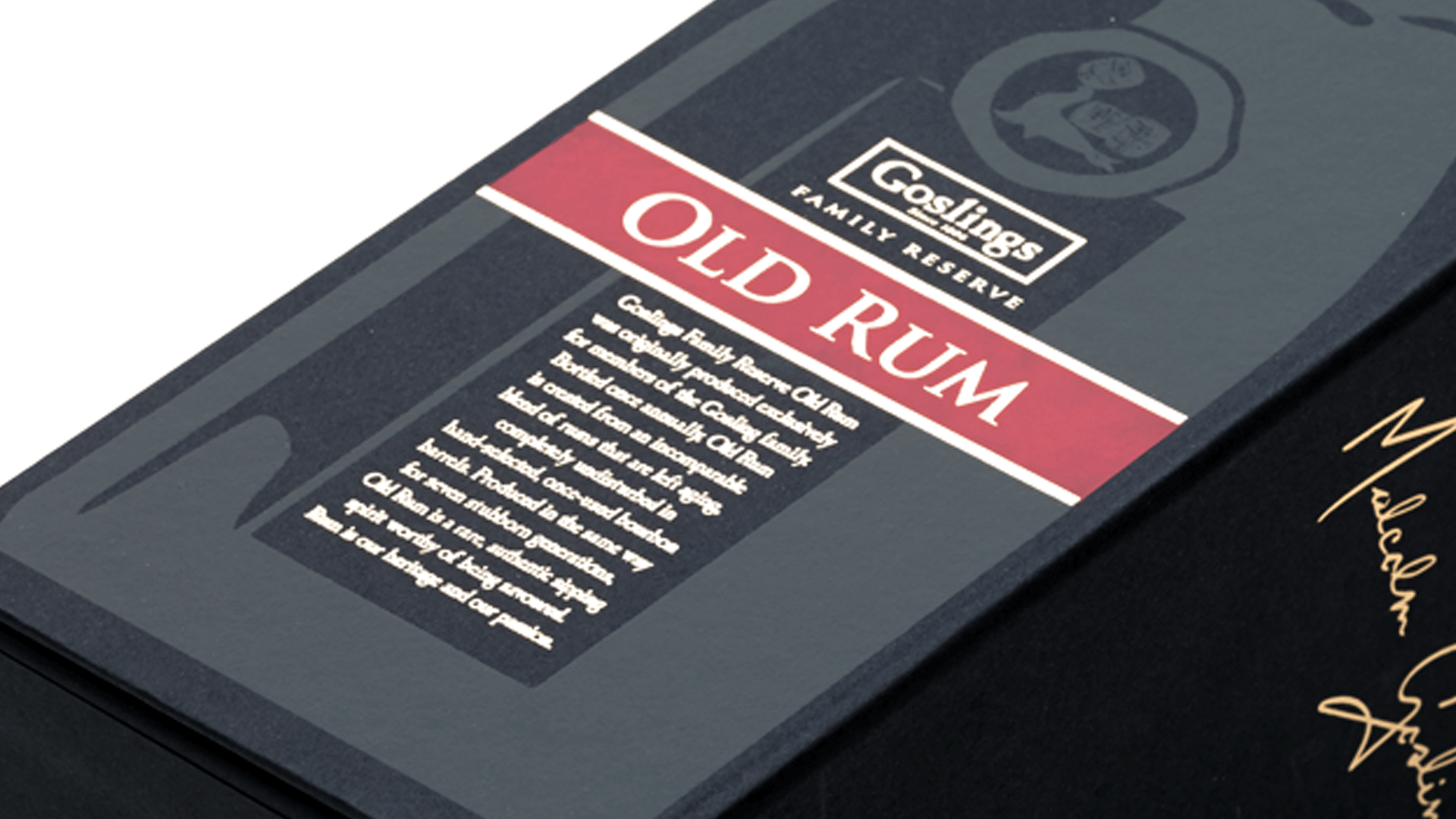
Foil stamping, screen printing and embossing (the seal)
5. Understand You Will Usually Go With Hot Foil Stamping
As with everything else, foiling technologies have expanded over the years. Today there are a variety of techniques, from cold foil transfer to various digital processes. (To learn more about these, as well as their pros and cons, download the Free Foil Cheat Sheet.)
Yet in many circumstances, the most cost-effective and best quality print will be found using the traditional hot foil stamping method where heat and pressure are combined with plate and foil to create beautiful effects on paper.
There are so many pros to using foil, especially the endless selection of textured papers and fabrics available to you. And since foil is opaque, you can foil stamp over any chipboard, paper or fabric. (With printing, you need to recreate all of those finishes and textures.)
In the end, finding a good printer or packaging partner should be your first goal – you shouldn’t have to go it alone. The ideal company will help you discover all of your options to ensure you make the best design decisions right from the start.
Want to see for yourself how foil stamping can create beautiful packaging? Enter to win one of 35 fun and fabulous nesting crayon boxes from Taylor Box (see above)! Hurry, contest ends March 18th! (North American entries only, please.)
PROs: Get Yours! Enter to Win!

